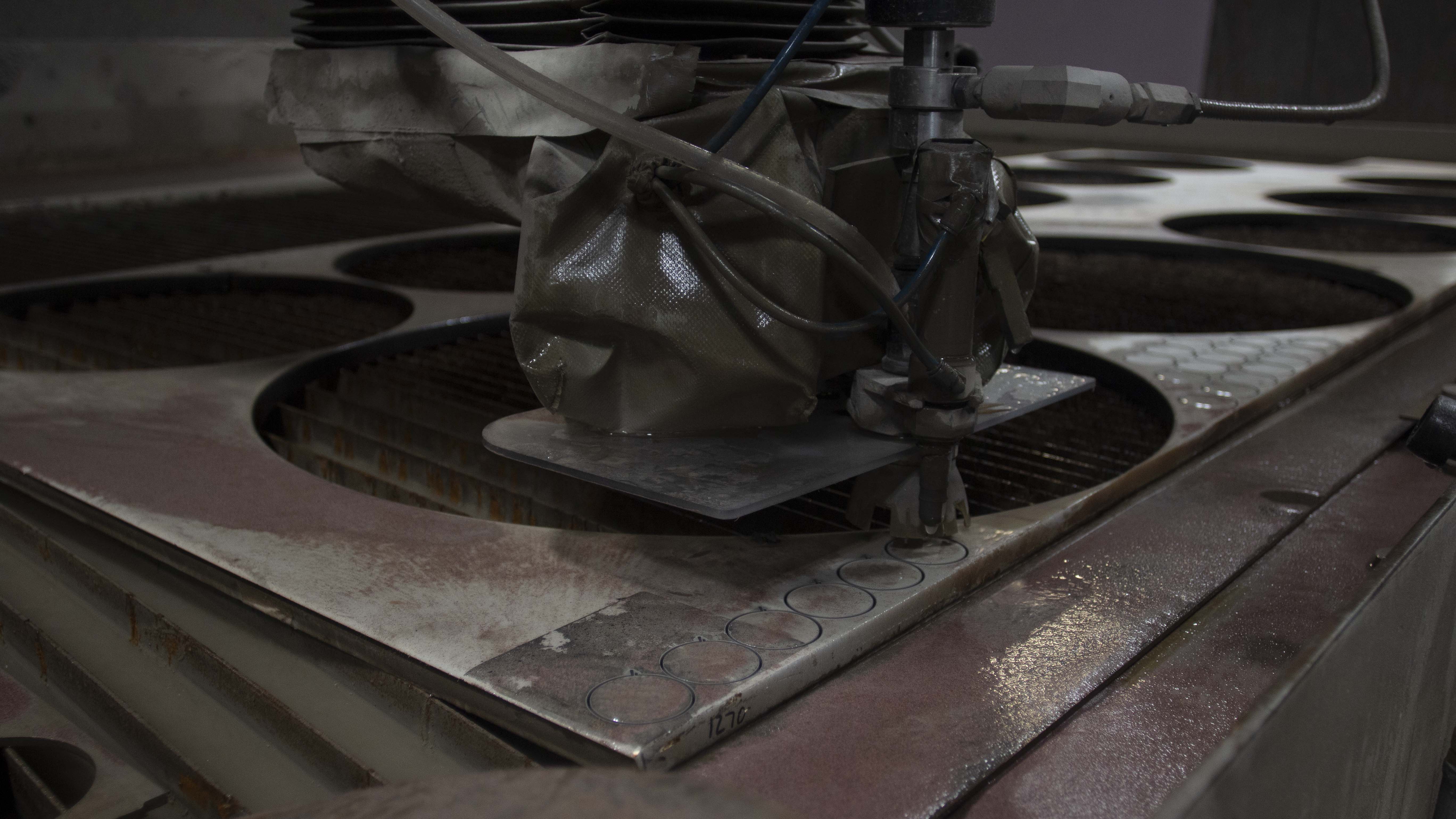

Which Metal Cutting Technique is Right for You?
Metal is not an all-encompassing term; there are many kinds of metal that each react differently under certain pressures. There are many different ways to cut metal. Not all of these techniques are equal and cut all metal equally.
Metal is an essential element in many industries. It is difficult to work with on your own if you don’t have experience cutting or bending metal. Trying to figure out how to cut and shape metal on your own can seem nearly impossible, but there are a few ways you can try to tackle small metal cutting projects on your own.
Metal Cutting On Your Own
For small metal cutting projects you have probably considered using hand shears or hacksaws to cut metal to the shape and size you need. These handheld tools are best suited for small scale projects that use more pliable and malleable metals. You should take extreme caution when working with heavy duty tools to avoid injury; if it can cut metal it can definitely cut you.
If your project requires intricate design work or extremely small pieces, it is not recommend trying to achieve those results by hand. Most likely you will end up destroying and wasting your metal.
The Different Types of Metal Cutting Machinery
For more extensive and elaborate projects you will most likely need to use a metal cutting machine. These machines are capable of working with all kinds of materials in varying sizes and thicknesses.
Oxy-fuel
Oxy-fuel cutting is a chemical reaction that is widely used for cutting steel because it is cost efficient, and can cut through steel with thicknesses ranging from 0.5mm to 250mm. It works by heating the metal to its ignition temperature then blasting it with a jet of pure oxygen, allowing it to pierce through and cut the metal. The cutting speed and edge quality are heavily influenced by the purity of the oxygen used.
Plasma
Plasma cutting can be used to cut all electrically conductive metals. It works best with carbon and stainless steels, and aluminum from ¼” to 2” in thickness. Plasma cutting pumps oxygen through a nozzle while transmitting an electrical arc through the gas, which becomes hot enough to melt the metal.
Waterjet
High pressure waterjets can be used to cut most any material, not just metal. They work by using a high velocity stream of water to erode the surface of the material. Adding an abrasive material to the stream of water allows for the waterjet to cut through any metal up to 5” thick. They are highly accurate and precise, and require no secondary finishing. Since waterjets just use water and sometimes an abrasive, there are no heat affected zones or distortion to the final product. With faster, less costly, and cleaner edge quality, it is no surprise that waterjets are becoming one of the most popular methods of metal cutting.
Laser
Laser cutting machines excel at cutting through non-reflective metals thinner than ¼”. However, newer fiber lasers, and more powerful CO2 based lasers, can handle reflective and thicker materials. Laser cutting works by concentrating a beam of light at a high temperature onto the surface of the material being cut. This is a precise cutting method with nearly exact tolerances, but can leave the final product heat damaged and distorted; this will require some secondary finishing.
Grinding
A grinding machine is simply used to create a smooth surface on the metal. It works by utilizing a rotating blade or an abrasive wheel to wear down and level the metal.
Lathe
Lathe knife cutting works by spinning a piece of material against a cutting tool to reach its desired shape. This process is also known as turning, and will remove layers of the metal until the desired result is achieved.
Making the Right Choice
With so many different options to cut metal, there are a lot of decisions to be made. You should consider your metal type and thickness, accuracy and precision requirements, special tooling requirements, budget, and floor space. These metal cutting machines can take up a lot of space in your workshop and require very specific safety measures to ensure no one is injured during the cutting process.
For more information about how we can help you choose the right metal cutting option, or to discuss with our experts, contact us at (800) 530-9051, or get in touch with our sales team at sales@cuttinexperts.com to see how Cutting Experts can help.

